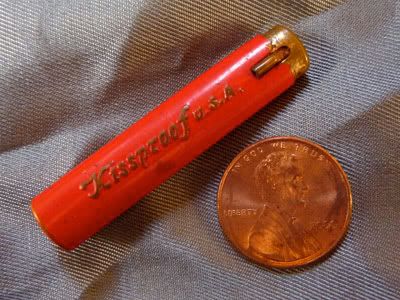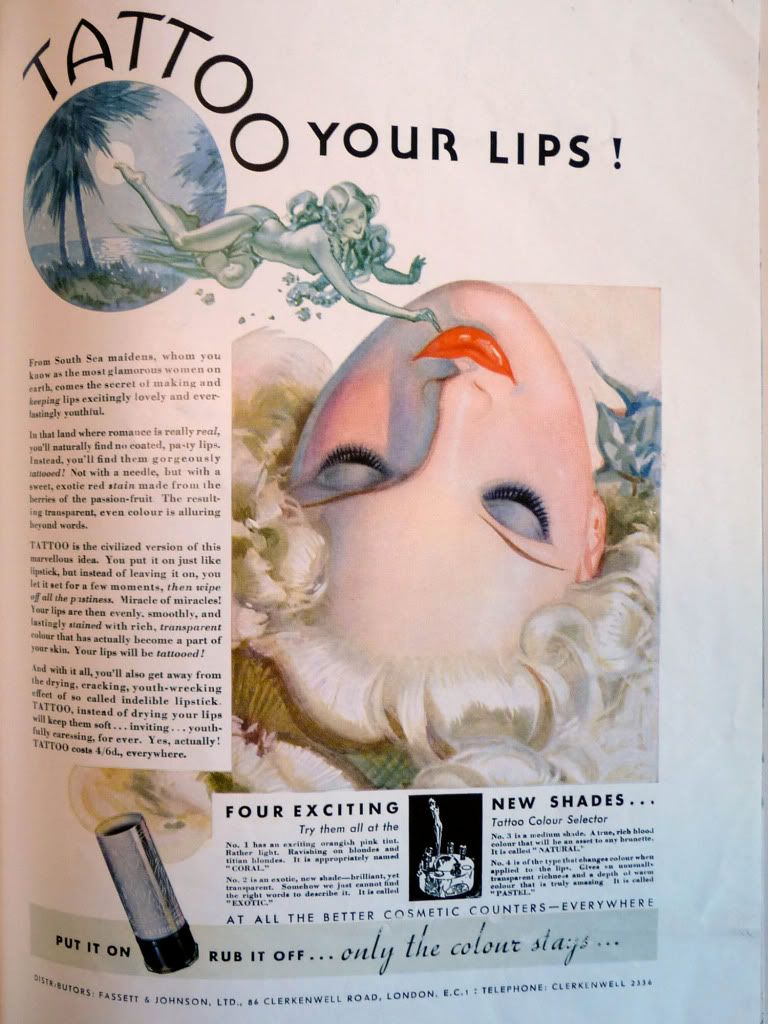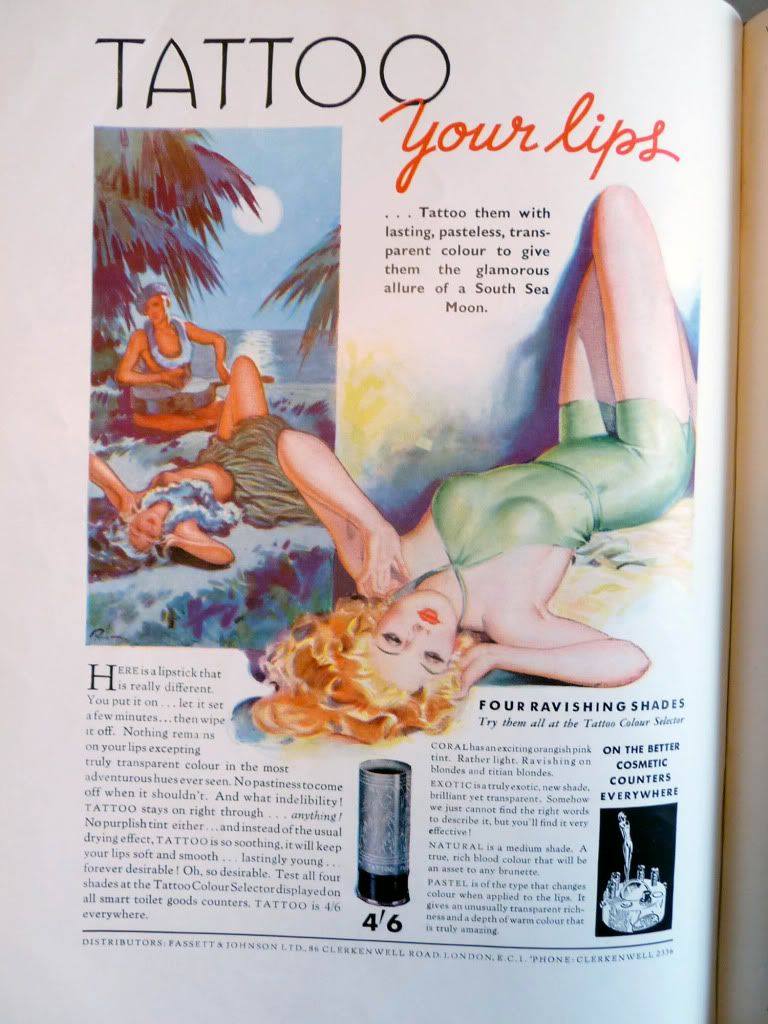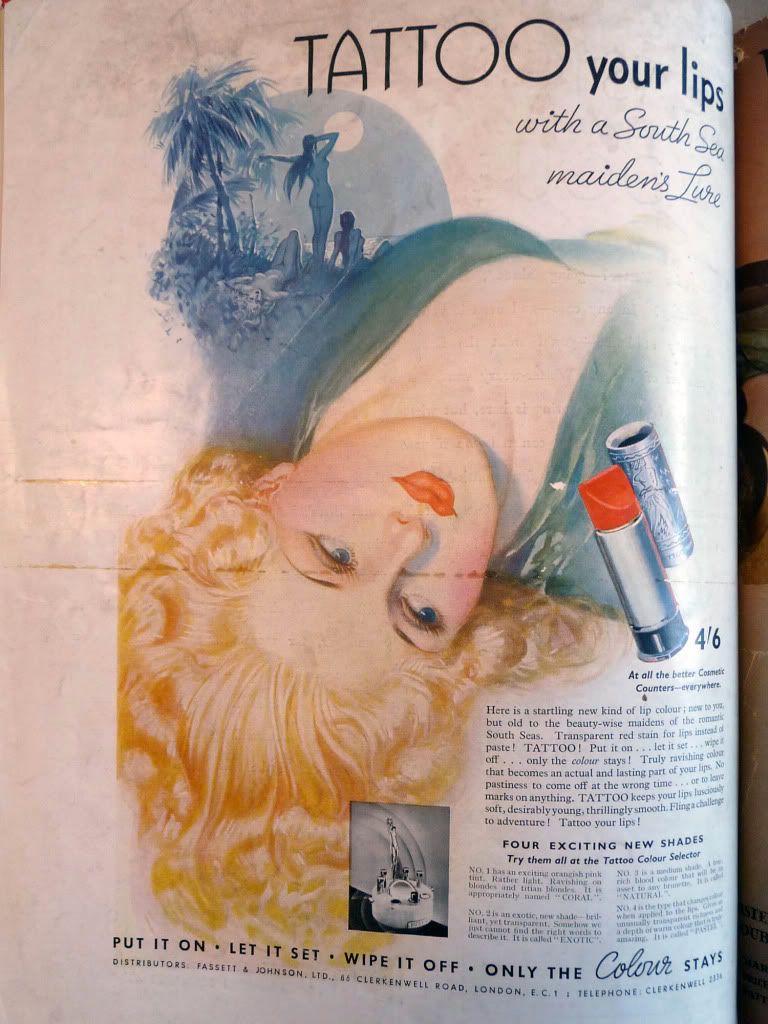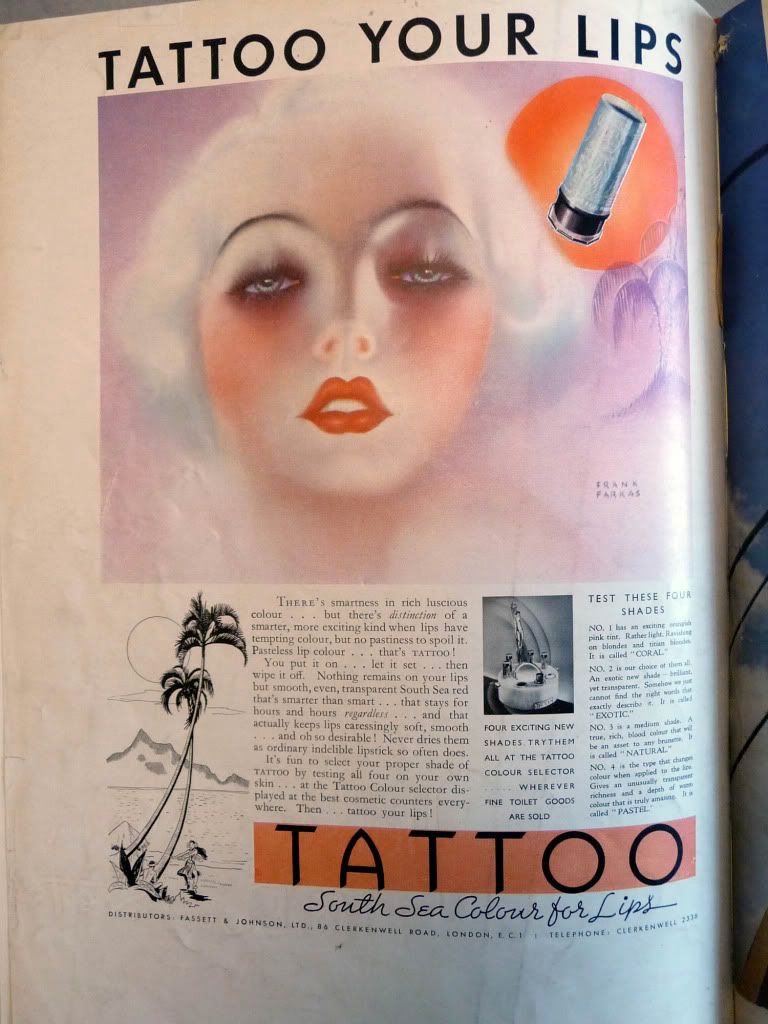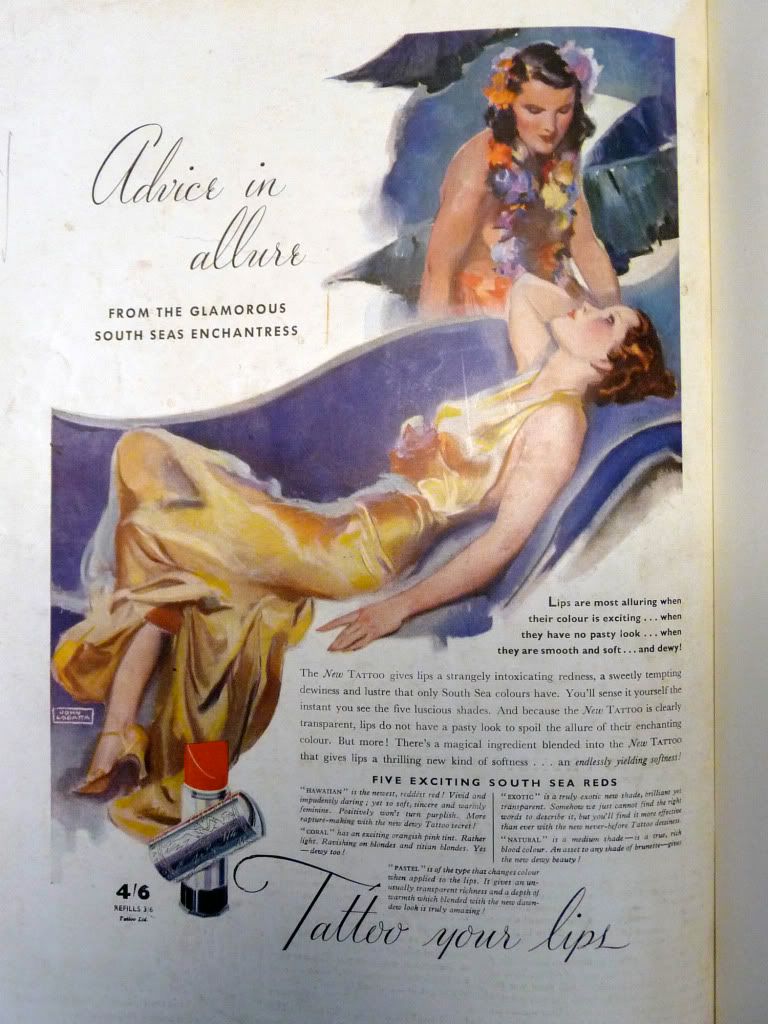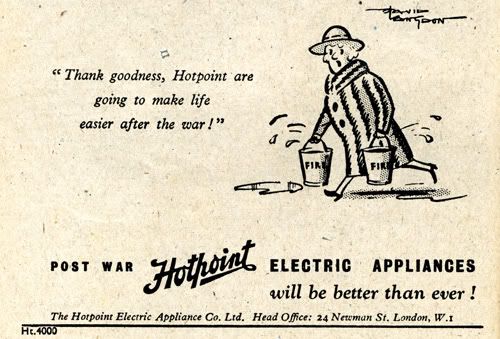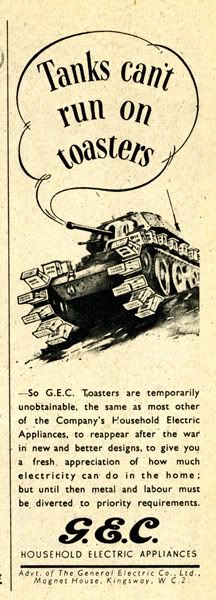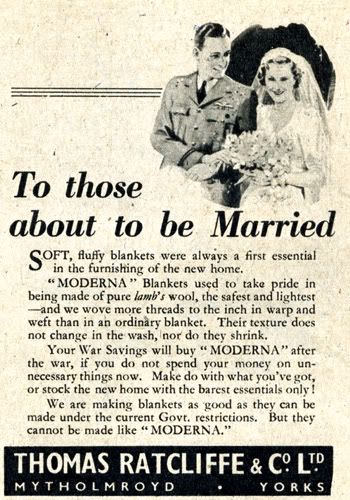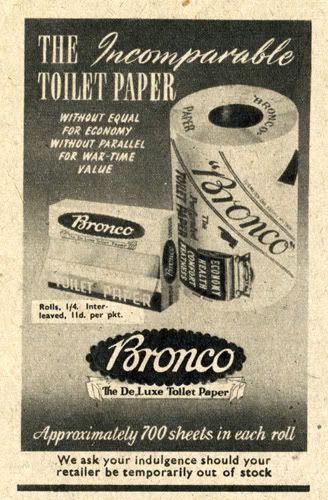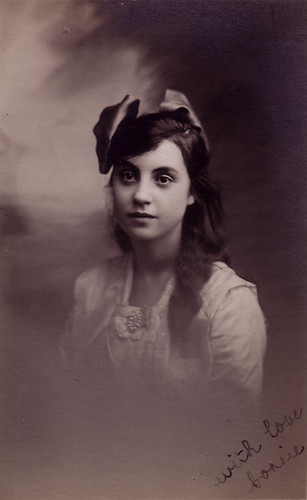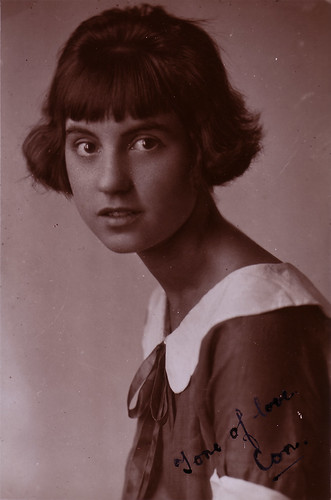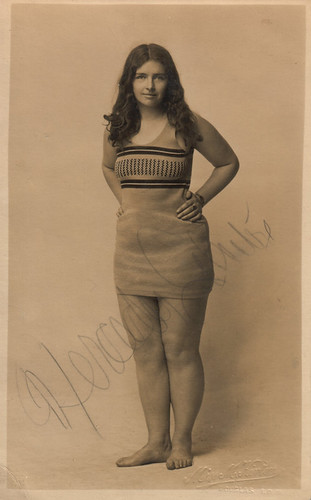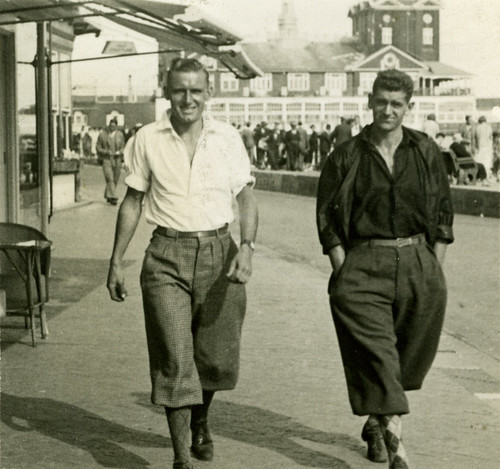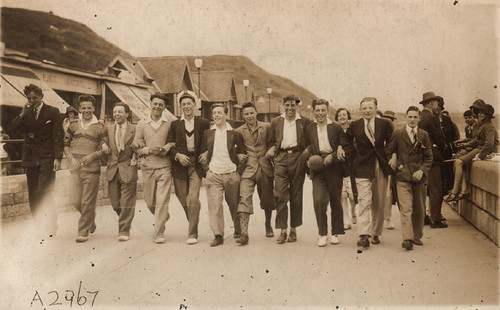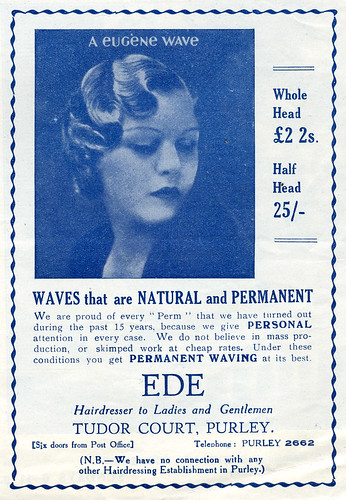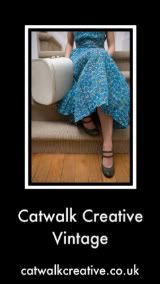 This is the first issue of The Mod's Magazine, published by Albert Hand Publications Ltd., in Heanor Derbyshire. There's no year given, but I'm guessing its 1964 or 1965.
This is the first issue of The Mod's Magazine, published by Albert Hand Publications Ltd., in Heanor Derbyshire. There's no year given, but I'm guessing its 1964 or 1965. Its welcoming editorial, written by the editor Mark Burns, almost admits failure before its even begun:
Hallo there!For the first edition of "Mods Monthly" I hope that we have included everything that you want to read and see. Unfortunately, although we have a staff of very "with it" Mods, so many different styles and fashions enter the Mods world every week that it's sometimes impossible to include them all. I do hope, however, that you will enjoy this edition and the subsequent editions of "Mods" for our planning of the book depends on what you want in it, not what we think should be in it.
And so it proved - a failure, that is. The only information I can find about this publication was in the book Empire made: the handy parka pocket guide to all things mod! by Terry Rawlings and Keith Badman (a gift from my brother and the only source of mod-related information in my library). Their verdict doesn't pull any punches:
Short-lived cash in publication 'Mods' failed miserably after only a handful of issues. The publishers hopelessly misjudged the average Mod's notoriously short attention span and their ever evolving tastes. It was a fact that Mod fashions and accessories could change overnight, often meaning what was considered 'in' at the beginning of the week could just as likely be 'out' by the end. 'Mod's' monthly turnaround meant it constantly found itself out in the cold!
Operating from the depths of rural Derbyshire must have been another disadvantage, since the acknowledged centre of all things mod was obviously London. You would assume this venture hadn't a hope.
But they did have some credible contributors: Cathy McGowan models three outfits on the inside front cover, and there's an article by Andrew Oldham (no Loog in the author's credit) called "Mods around the world!"
Features included "The mod trend in hairstyles" (short bobs for girls, Beatle haircuts, a move towards buns on the top of the head using false hair), "Headgear that's real gear" (girls' caps with little peaks), "Can you invent a new dance?" and "Why are Mods so much in the News?"
There's precisely zero pictures of male mods, which is a bad sign for a start since it was surely all about the boys?
In the "Records for Mods" column there's a recommendation for Blue Beat records - specifically the Exotics' Cross My Heart - followed by a positive mention for the Rolling Stones' Not Fade Away:
Alright for doing a fast shake too, but I doubt whether your energy will last to the end of the record.
Perhaps the author was unaware of the official mod fuel, amphetamine? This is another worrying indicator of terminal unhipness (I'm not endorsing drug abuse by any means, but it was the mods' drug of choice and might have allowed our correspondent to continue his "fast shake" to the fade out).
At least I can now date this magazine to 1964, since Not Fade Away was released in February of that year.
I have four consecutive issues of this magazine, which I have discovered are as rare as hen's teeth, so here is a little gallery of the covers of a well-meaning but doomed publication:





